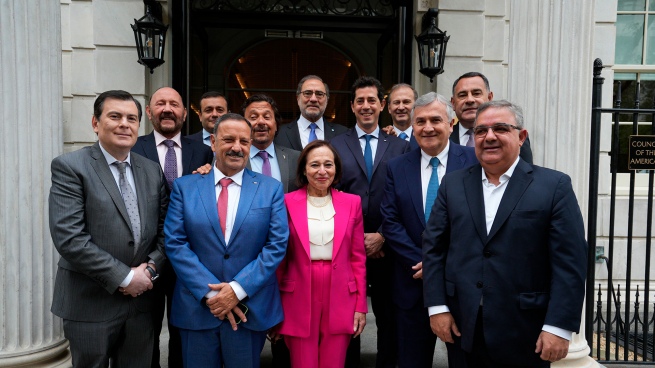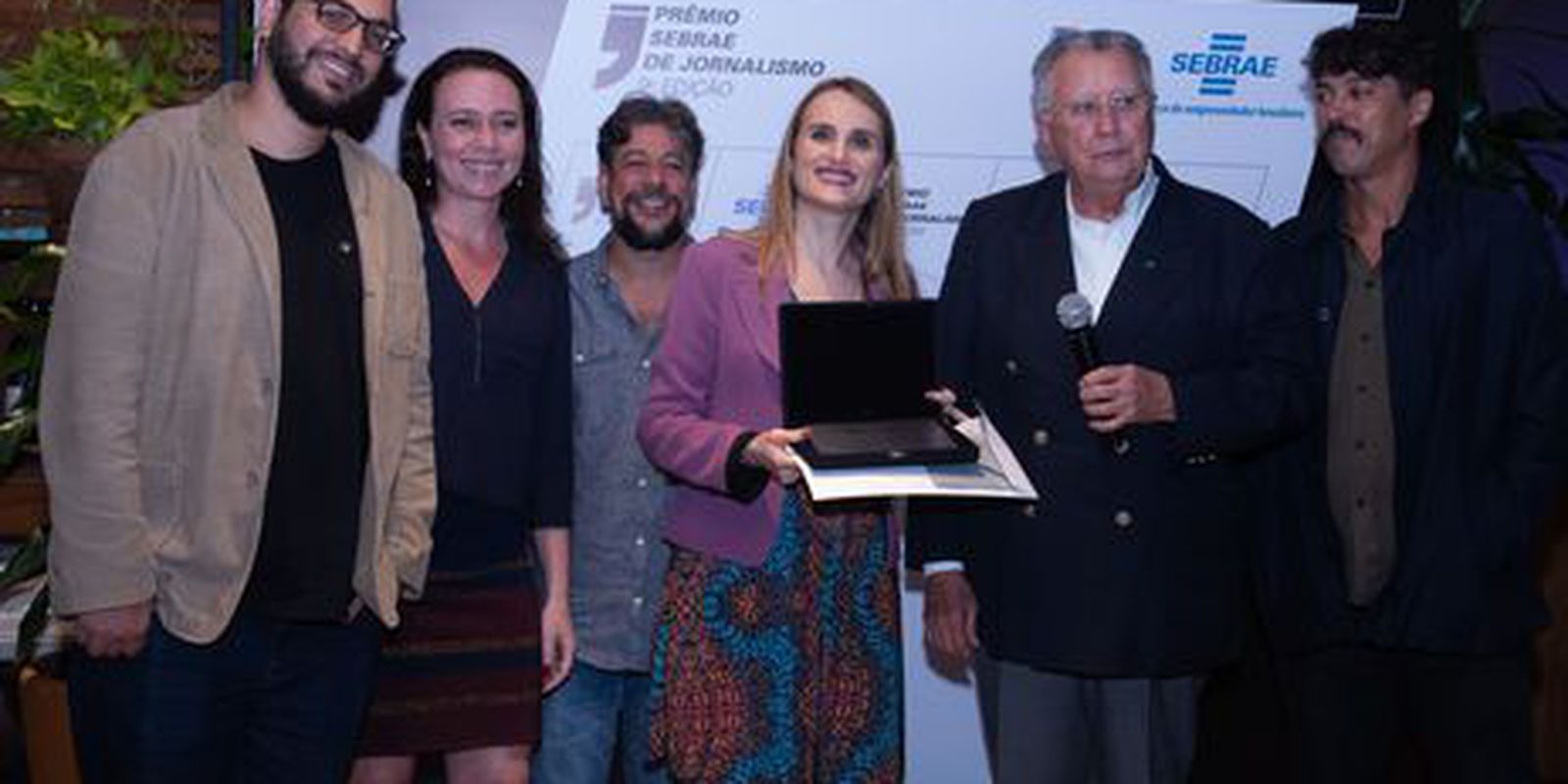The Minister of the Interior, Eduardo “Wado” de Pedro, ratified in New York that the government of President Alberto Fernández is “totally committed” to federalism and stressed that “all the decisions that are made” are made in “that federal spirit That has to do with recompose the asymmetries that exist in Argentinabetween its various regions.
De Pedro participated in a meeting held at the headquarters of the Council of the Americas together with the governors of the Great North, as part of the last day of the tour of the United States, in which The leaders spoke about the potential of their provinces and the possibilities of development in different areas with the purpose of generating investments, especially in productive infrastructure.
When you open the meeting,Council President Susan Segalhighlighted the tour of the Argentine delegation and its dialogues with state officials and private sector executives, noting that “We have an important agenda, which is to discuss the enormous potential that the Norte Grande region presents for the development of Argentina”.
The Argentine ambassador in Washington, Jorge Argüellocelebrated the visit and evaluated that the tour had a detailed preparation “of more than three months, it is going very well” and pointed out that after the closing of the activities and when returning to Argentina tonight “We will be able to say that the mission has been accomplished.”
Peter’s highlighted the federal spirit that animates the national government in all its decisions, and said that “accompanies each of the governors’ proposals, The entire national cabinet is at the disposal of each of the strategic decisions and investment proposals” made “by each of the leaders on this tour”, because this “has to do with recomposing those asymmetries that exist in our territory” .
Possibilities of growing
Likewise, he highlighted the growth possibilities that are opening up not only for the Norte Grande, but for all Argentina with the exploitation of the Vaca Muerta hydrocarbon fieldwhich he estimated, “will allow us in the coming years to correct the balance of payments and face external restrictions by adding more than 30 billion dollars per year”.
Describing the path to be followed by Argentina in terms of hydrocarbon exploitation, De Pedro pointed out that “we take advantage of technological innovation, investment in technology” and “scientific research carried out by the United States back in the 1970s where They found a new exploitation technique, which was fracking”.
“That allowed the United States to go from being an energy-importing country to being an exporting country, but only in 2015,” said the minister, drawing a parallel with the Argentina, Where, in 2012 the potential of Vaca Muerta was confirmed as the second largest unconventional gas reserves in the world and fourth largest oil reserves.
This perspective, said De Pedro, “opens a series of doors, very true, totally linked to these opportunities and that is what is complemented by what the Norte Grande region” can offer in terms of development “for our Argentine people to be able to work, live and produce in each of the Argentine regions”.
We’re LIVE for a program on investment opportunities in Argentina’s Norte Grande region! ??
To start, we’ll hear from AS/COA President @s_segal and Ambassador @JorArguello.
Then, Minister of the Interior @wadodecorrido will address the audience. #CouncilARG https://t.co/9TYrN57qk8
— Americas Society/Council of the Americas (@ASCOA) September 30, 2022
The minister recalled that the recently signed agreements with the company Petronas for a new LNG plant in the port of Bahía Blanca, while “already today Argentina is building the Nestor Kirchner gas pipeline and “this will allow energy self-sufficiency and the LNG plants will place us within the gas exporting countries, with which the future of Argentina is very certain”.
Based on these possibilities, “they are going to allow us obtain financing for some infrastructure works that are basic for the development of the Argentine North, how are the Puna gas pipelines needed to boost lithium production, and the bi-oceanic corridors that allow us to improve competitiveness”, estimated De Pedro.
At the meeting he also exhibited the holder pro tempore of the Norte Grande and governor of Santiago del Estero, Gerardo Zamorawho stressed that the region “has had support from the national government from the first day in the figure of the president in particular, on many occasions sharing the agenda that the governors of the 10 provinces have promoted, as well as the Minister of the Interior.”
Referring to the region’s potential, Zamora mentioned the “great capacity to produce food and provide added value,” which represents “a great opportunity to unite these efforts with those of this country and its companies in order to generate food security for the world.”
We had a very good meeting in @ASCOA with US companies and investors that will allow the generation of more jobs in the Norte Grande and promote the development of a strategic region of our country. Thank you @s_segal for the encounter. pic.twitter.com/2NkIjV3ff9
– Wado de Pedro ?? (@wadodecorrido) September 30, 2022
They later developed two panels, the first of them with the participation of the Zamora governors; Oscar Herrera Ahuad (Missions); Gildo Insfrán (Formosa), and the lieutenant governor of Tucumán, Regino Amado, in which the intention of develop long-term strategies, together with associations of US public and private companies.
the other pane It was made up of the governors of Jujuy, Gerardo Morales; from Salta, Gustavo Sáenz, Raúl Jalil, from Catamarca, and Ricardo Quintela, in which the mining potential of the region with a focus on lithium exploitation.








